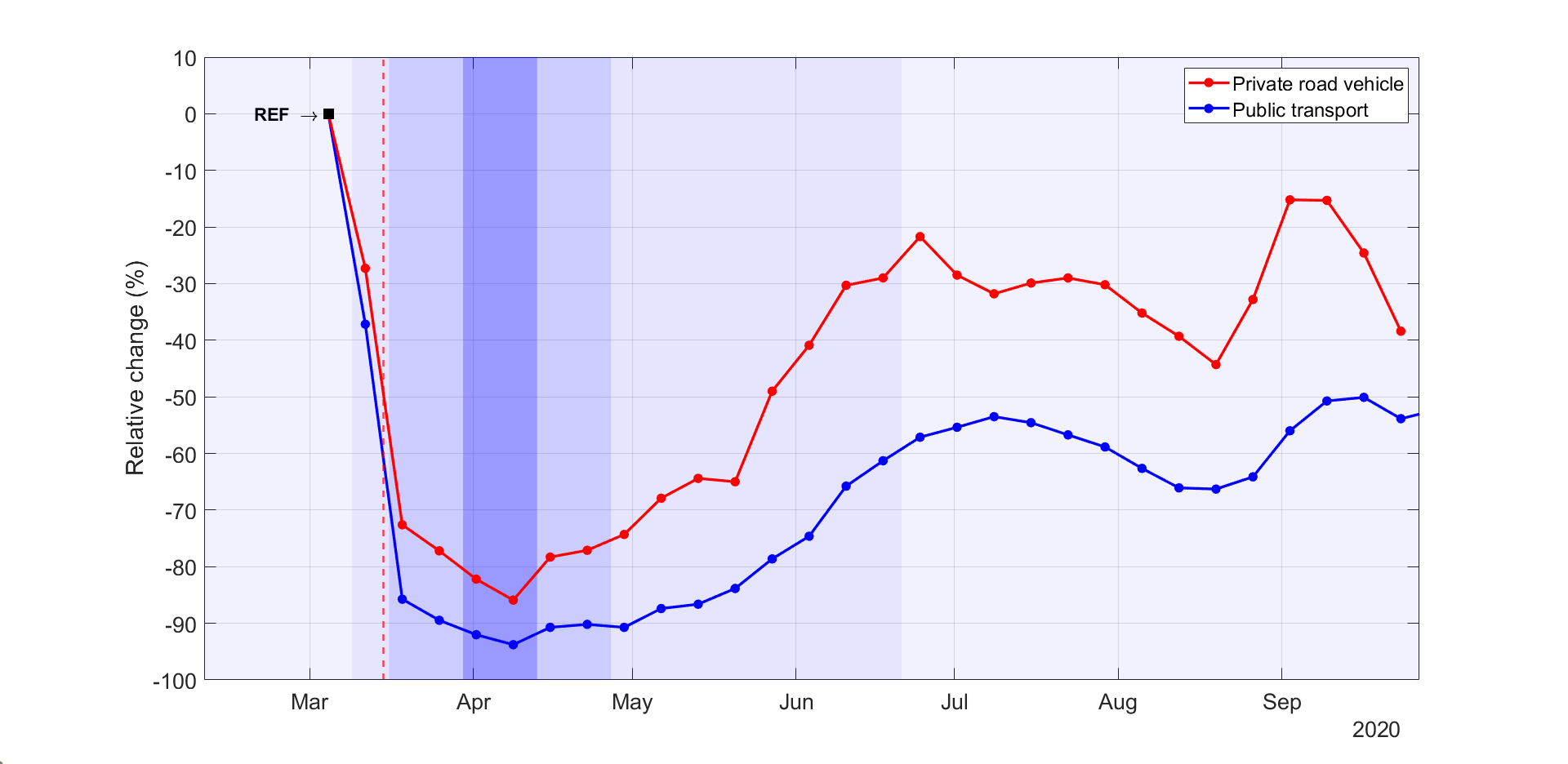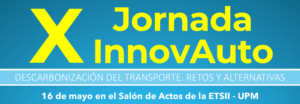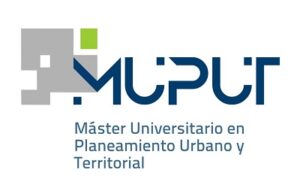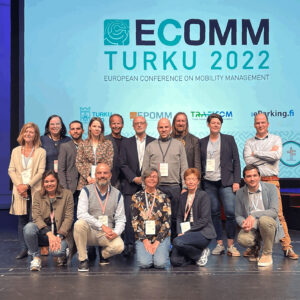This research was carried out and written by Ana Belén Rodríguez González, Mark Richard Wilby, Juan José Vinagre Díaz and Rubén Fernández Pozo from the GB2S-Grupo de Biometría, Bioseñales, Seguridad y Smart Mobility research group.
Background
COVID-19 has dramatically struck each section of our society: health, employment, economy and mobility. This analysis quantifies the impact that the preventive lock-down measures imposed by Spanish Government had on public and private mobility in Fuenlabrada, Madrid.
Data and Methodology
This study uses real data collected from the public transport Smart Card System (SCD) and a Bluetooth Traffic Monitoring System (BTMS) deployed as a living-lab in Fuenlabrada for characterizing private vehicle mobility. Data were gathered and correctly processed from February to September 2020, covering with this all relevant phases of the pandemic. In order to perform fair comparisons among different transport modes, we fix a common reference (period immediately preceding to the COVID-19 outbreak) and calculate the corresponding relative changes during each phase of the pandemic. In addition, we investigate on temporal changes within a day with the aim of identifying the distinct mobility patterns shown in different phases.
Results and Conclusions
Results show that public and private mobility dramatically decreased to 95 % and 86 % of their pre-COVID-19 values at the pandemic peak, and that the latter experienced a faster recovery. In September, we observe only a 15 % reduction for private modes, whilst public transport shows a 50 % decrease of its usual demand. In addition, our analysis of daily patterns evidences a clear change in the behavior of users towards mobility among the different stages of pandemic. Based on these findings, we developed short-term predictors of future public transport demand to provide operators and mobility managers with accurate information to optimize their service and avoid crowded areas. Our prediction model achieves a high performance for Pre- and Post-State of Alarm phases. Consequently, this work contributes to enlarging the knowledge about the impact of pandemic on mobility, providing a deep analysis about how it affected each transport mode in a mid-size city.
Finally, we would like to emphasize that results of this study were referenced in some news portals and TV bulletins, as we can see in this link.




